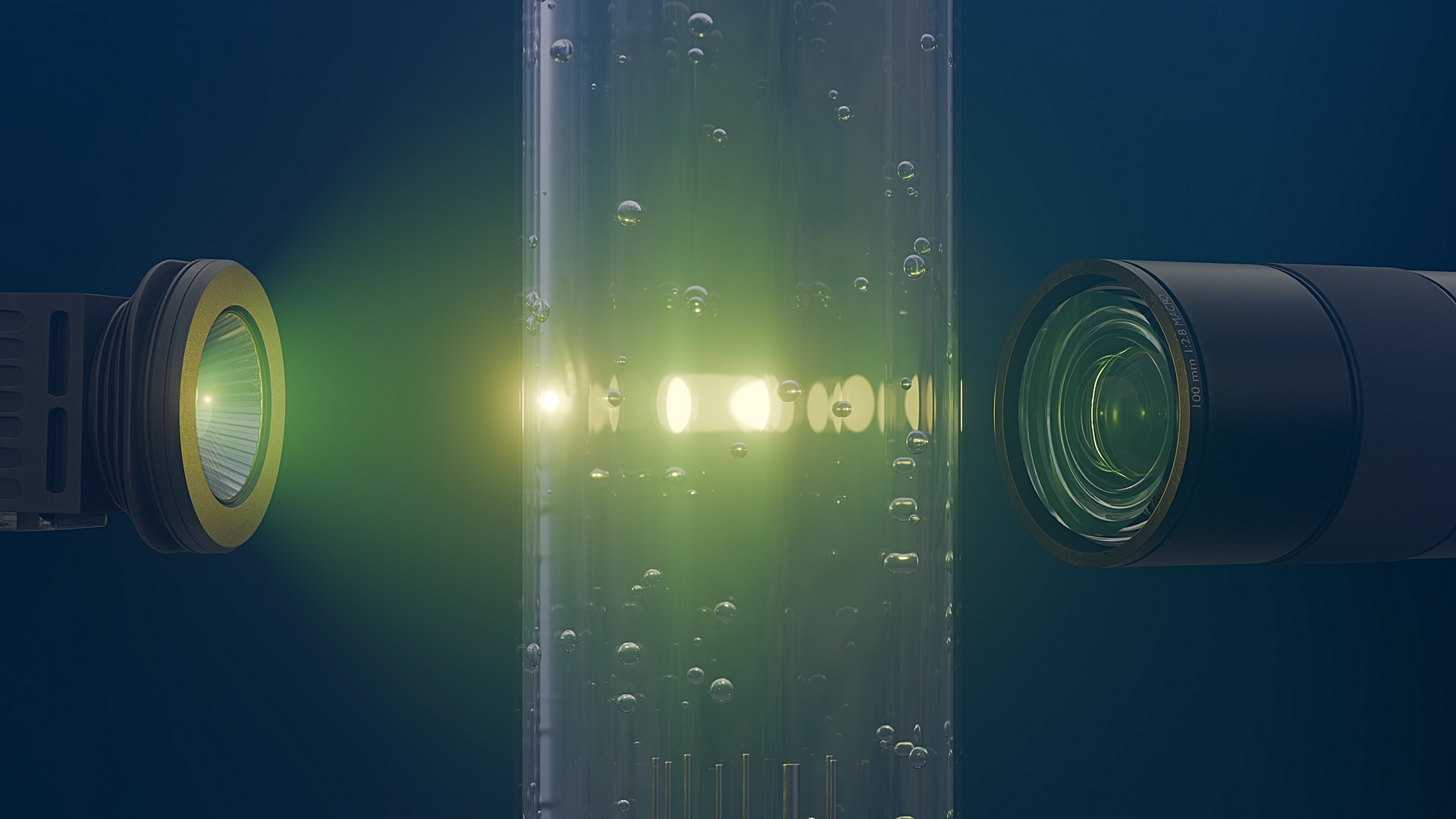An international team of scientists has successfully shown that swarms of rising bubbles create turbulence that behaves exactly as predicted by a well-known theory developed nearly a century ago.
For the study, the researchers from the Helmholtz-Zentrum Dresden-Rossendorf (HZDR), Johns Hopkins University, and Duke University tracked individual bubbles and fluid particles in 3D.
Their experiments provided the first direct experimental evidence that so-called ‘Kolmogorov scaling’ can emerge in bubble-induced turbulence, confirming the 1941 theory of how energy cascades through turbulent flows from large eddies to smaller ones.
“We wanted to get a definitive answer by looking closely at the turbulence between and around bubbles, at very small scales,” Tian Ma, PhD, a physicist at the Institute of Fluid Dynamics at HZDR and lead author of the study, said.
Tracking chaos one bubble at a time
Bubble-induced turbulence has long been one of the most elusive problems in classical physics. It occurs everywhere, from carbonated drinks to industrial mixing processes to crashing ocean waves.
While Soviet mathematician Andrey Kolmogorov’s theory, known as K41 scaling, is widely accepted to describe how energy dissipates in turbulent flows, proving its relevance in bubbly systems has remained a scientific challenge.
To test whether the theory holds in such flows, the team used advanced 3D simultaneous Lagrangian tracking to capture the motion of both phases with high precision. The method allowed the scientists to follow bubbles and tiny tracer particles in the surrounding water in real time.
The team built a vertical column of water measuring 4.5 inches (11.5 centimeters) in diameter. They injected swarms of bubbles from the bottom and used four synchronized high-speed cameras to capture the scene in exquisite detail, at 2,500 frames per second.
To replicate real bubbly flows, the team varied the bubble size and the amount of gas in four different experiments. Three- to five-millimeter bubbles wobbled as they rose, generating strong wakes.
Meanwhile, in two of the four cases with moderate bubble size and density, the turbulence in the flow closely followed Kolmogorov’s predictions at small scales for eddies smaller than the size of the bubbles.
According to the team, this was the first time such scaling has been confirmed experimentally amid a bubble swarm. “Kolmogorov’s theory is elegant,” Andrew Bragg, PhD, a researcher at Duke University and co-author of the study, revealed.
Analyzing bubble behavior
Bragg explained that the theory describes how energy cascades from large eddies to smaller ones until it dissipates, shaping the fluctuations of turbulent fluid motion. “Finding that this theory also describes bubble-driven turbulence so well is both surprising and exciting,” he continued in a press release.
The team also proposed a new formula to estimate energy loss in these flows, using only bubble size and density as variables. The predictions closely matched the experimental results, suggesting a simpler model for bubbly turbulence.
They found that turbulent flow outside the bubbles’ immediate wakes followed Kolmogorov’s scaling. This is because the wakes are so violently disturbed that they break the usual flow structure, which explains why previous studies may have missed the connection.
Although there are limits, particularly as larger bubbles tend to break apart, the findings mark a major step forward in understanding how turbulence behaves in multiphase systems.
Hendrik Hessenkemper, PhD, study co-author who led the experiments, explained that nature prevents bubbles from producing perfect Kolmogorov turbulence. “But under the right conditions, we know it gets close.”
The findings settle a long-standing debate and could help improve industrial systems such as chemical reactors and wastewater treatment plants.
“The more we understand the fundamental rules of turbulence in bubbly flows, the better we can harness them in real-world applications, Ma concluded. “And it’s pretty amazing that a theory from over 80 years ago continues to hold up in such a bubbly environment.”
The study has been published in the journal Physical Review Letters.
